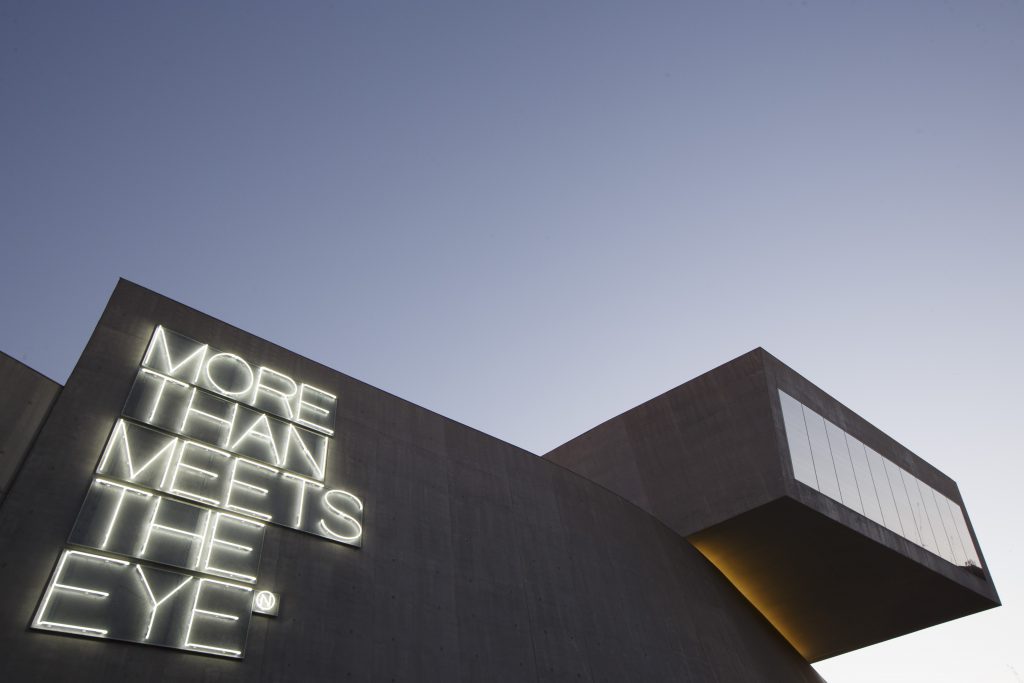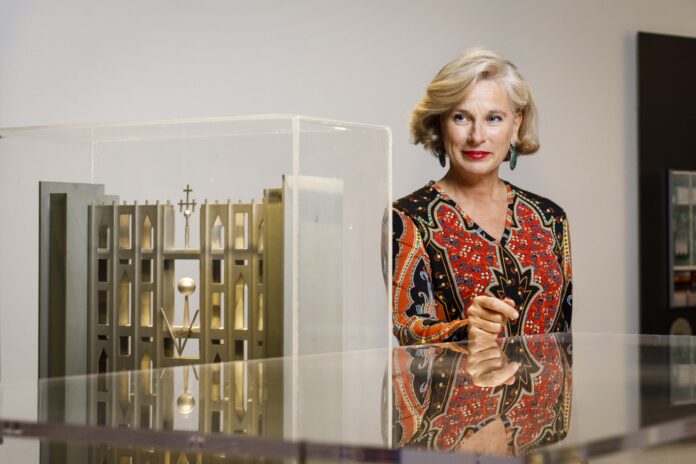For the tenth anniversary MAXXI museum in Rome, its president Giovanna Melandri and the artistic director Hou Hanru have organized a one-day virtual marathon, as you already usually do all over the world due to the pandemic. Among the protagonists, Renzo Piano, Rem Koolhass, Sandro Boeri, Cino Zucchi, Tomás Saraceno, Cecilia Alemani.
MAXXI is the last major contemporary art museum recently built in Italy. It was conceived in the early 2000s, when no clouds darkened the economic landscape. The equipment used is almost legendary. The vicissitudes of its construction were strongly marked by the inflexibility of the designer Zaha Hadid, who died four years ago. The MAXXI was born without its own collection as it happened, instead, for the Museum of Rivoli in Turin, born in the seventies and well equipped with works in the collection.
And already, shortly after MAXXI’s birth, it became clear that the rising price in Contemporary Art would have prevented the formation of any collection. The impossibility to turn into a traditional museum, however allowed this institution to introduce an innovative activity much far from the traditional canons.
Unsurprisingly, president Melandri stresses: “We must increasingly be a center of intellectual production in relation to schools and universities, to avoid the intellectual impoverishment of the country”. Bu she goes further: “We must ask ourselves how we can contribute in designing the future thanks to the intuition of artists, architects, scholars.”
In the Italian scene, the MAXXI is unique both for the commitment and grandeur of the building, and for the operational project it has. The other contemporary art structures in Italy are all institutions belonging to municipal authorities or foundations owned by private companies. Anyway, they all have more limited ambitions. If we take into account MAXXI’s important budget and the fact that it is located in Rome we can be confident that it will be soon the stage of Italian and international contemporary art in Italy.









